09:26, 10/31/2023
For many years, people in Lak district have mainly raised poultry on a small scale, spontaneously, without paying attention to veterinary hygiene and disease prevention and treatment, so economic efficiency is not high. Therefore, the district's Agricultural Extension Station has piloted a poultry farming model in the direction of biosafety associated with environmental protection and food safety, with a scale of 600 birds for 5 households in Lien Son town and Buon Tria commune.
Livestock households that meet the conditions of land, barns and counterpart capital according to the economic and technical requirements of the model will be selected to pilot the implementation. The model will be implemented from July 2023, participating households will be supported with 70% of the cost of breeding stock, supplies (feed, vaccines, disinfectants, etc.), and will be instructed on technical processes for caring for and preventing and controlling diseases for chicken flocks in the direction of biosafety. The chicken breed used in the model is a crossbred fighting chicken that has been carefully selected to ensure good quality.
After more than three months of implementation, the model has been accepted with encouraging results. The survival rate of chickens reached over 94%, the average weight was from 1.6 - 2.5 kg/chicken. With a selling price of 80 thousand VND/kg, the total expected revenue from the model is nearly 113 million VND. After deducting expenses, the profit is about 35.4 million VND, on average each household can earn about 5 - 8 million VND. The model has initially helped people change their thinking about raising livestock, bringing positive results.
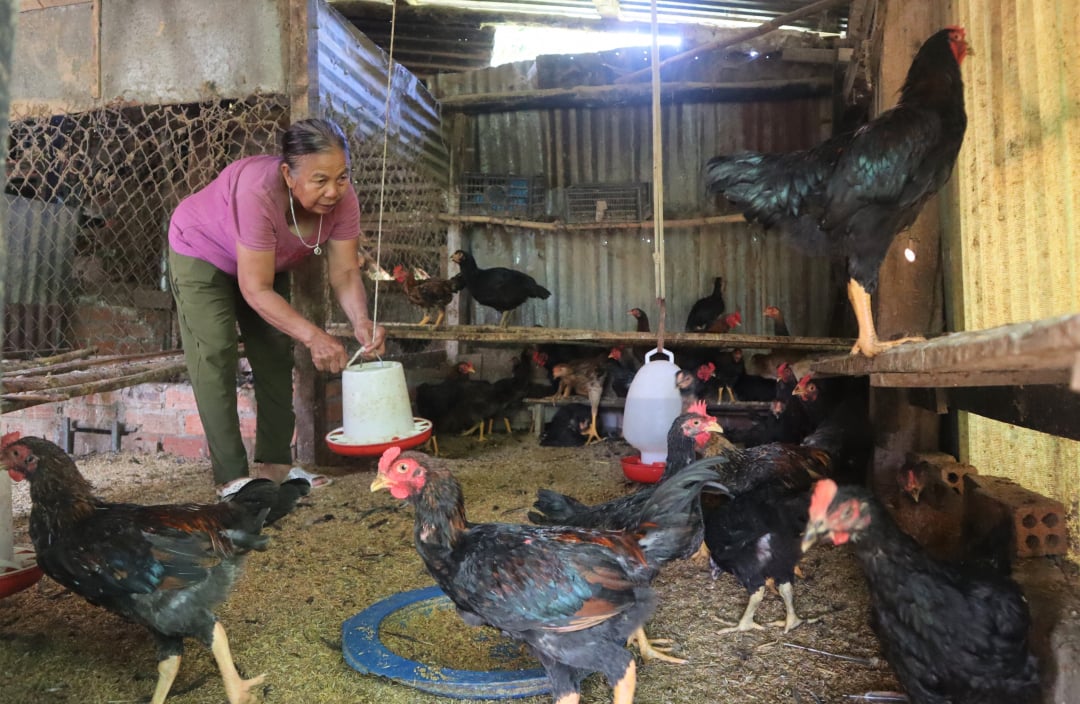 |
| Chickens raised in a biosafety manner by Mrs. Tran Thi Lanh's family (Dong Giang village, Buon Tria commune, Lak district). |
Previously, Mrs. Tran Thi Lanh's family (Dong Giang village, Buon Tria commune) raised chickens in the traditional way. Due to lack of technical guidance on care and disease prevention, the efficiency was not high. During the raising process, the mortality rate of chickens was up to about 30 - 40% and they had to be raised for about 6 months before they could be sold, not to mention the time when feed prices increased, diseases occurred continuously along with low chicken prices, causing her family to suffer losses. Her family was supported by the District Agricultural Extension Station with 100 breeding chickens to implement a biosafety farming model. During the raising process, depending on each stage of development, she fed the chickens with appropriate food; in addition to the main foods such as rice, corn, bran, etc., she also added other foods such as grass, banana trees, etc. In addition, she also regularly cleaned the barn, created a clean space and used timely disease prevention drugs. Ms. Lanh said: “Compared to the traditional way of raising chickens, raising them in a biosafety direction has a very low mortality rate, only 3 - 5%. The chickens grow quickly, saving time and reducing feed costs, so income will be about 30% higher. Currently, my family's chickens have reached a weight of 1.8 - 2.4 kg/head, and are expected to sell over 1.8 quintals. After deducting expenses, the family will earn about 7 million VND. In the future, even though we no longer receive support, my family will continue to raise chickens in a biosafety direction.”
Also participating in the model, Mr. Nguyen Cong Thinh (Buon Tria village, Buon Tria commune) said that compared to traditional chicken farming in the past, raising chickens in a biosafety manner will have an almost absolute survival rate after one month of age. “Raising chickens in a biosafety manner brings almost absolute safety, clean chickens, ensuring food hygiene and safety, so the selling price will be higher than chickens raised in an industrial or traditional way. However, to achieve high economic efficiency, it is necessary to raise large quantities of 400 - 500 chickens or more. However, currently in the locality, there are only small-scale traders, each time selling only 5 - 7 chickens, so although I really want to raise a large quantity, I am afraid there will be no output,” Mr. Thinh shared.
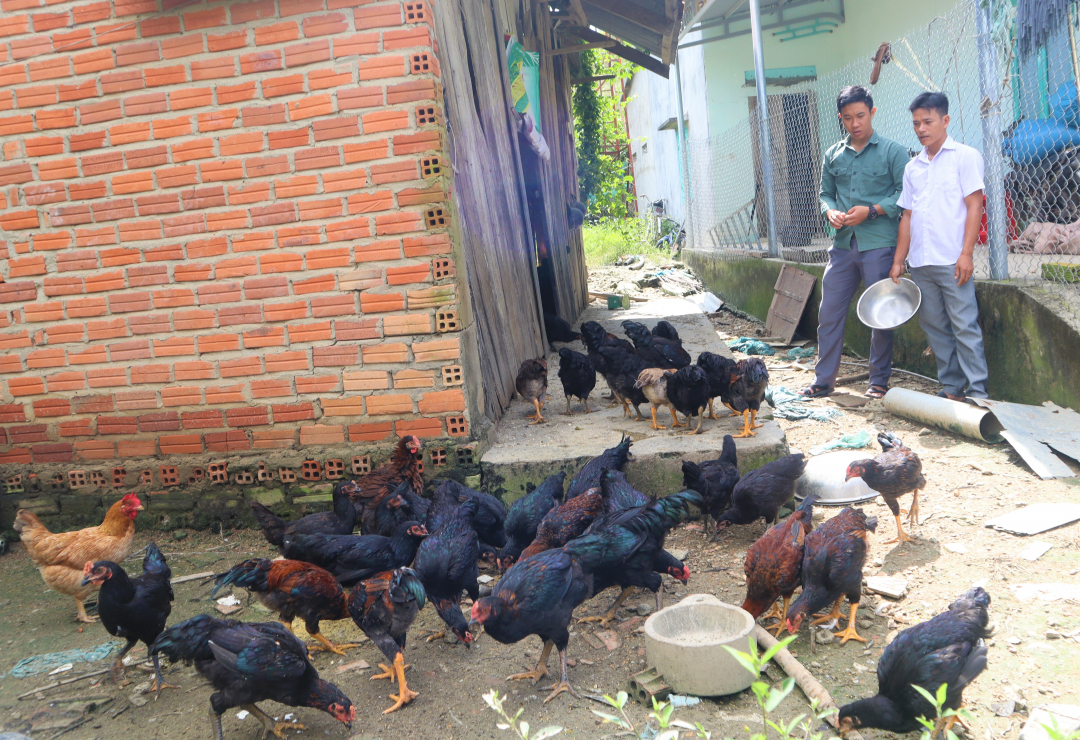 |
| Officers of the Lak District Agricultural Extension Station inspected the biosafety chicken farming model of Mr. Nguyen Cong Thinh's family (Buon Tria village, Buon Tria commune). |
Mr. Ly Van Tuan, Head of the Lak District Agricultural Extension Station, said that raising chickens in a biosafety direction is very suitable for the raising, investment and care conditions of local people. The model not only helps protect the environment, ensure food safety; but also helps people change traditional farming practices to semi-industrial and industrial farming for business. However, the local market for broiler chickens is still small, making it difficult for farmers to find a market. Therefore, to replicate the model, it is necessary to have the coordination of state management agencies, businesses and farmers in finding markets and building farming methods in the direction of linking production according to the value chain.
Khanh Huyen
Source


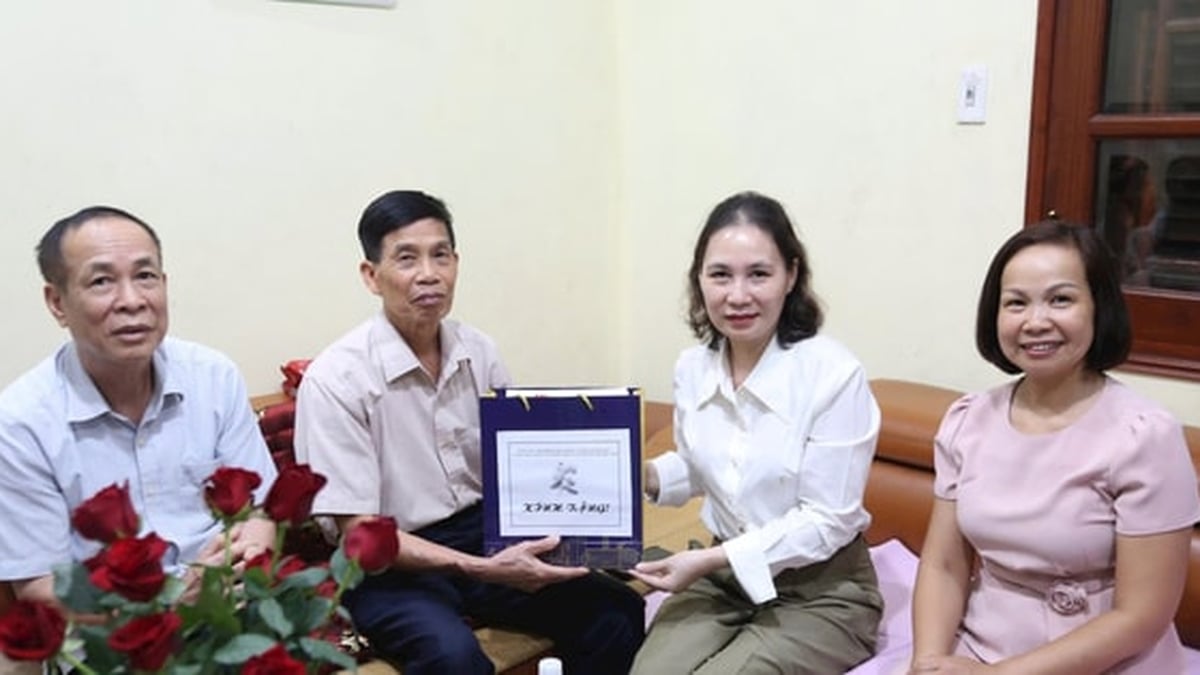
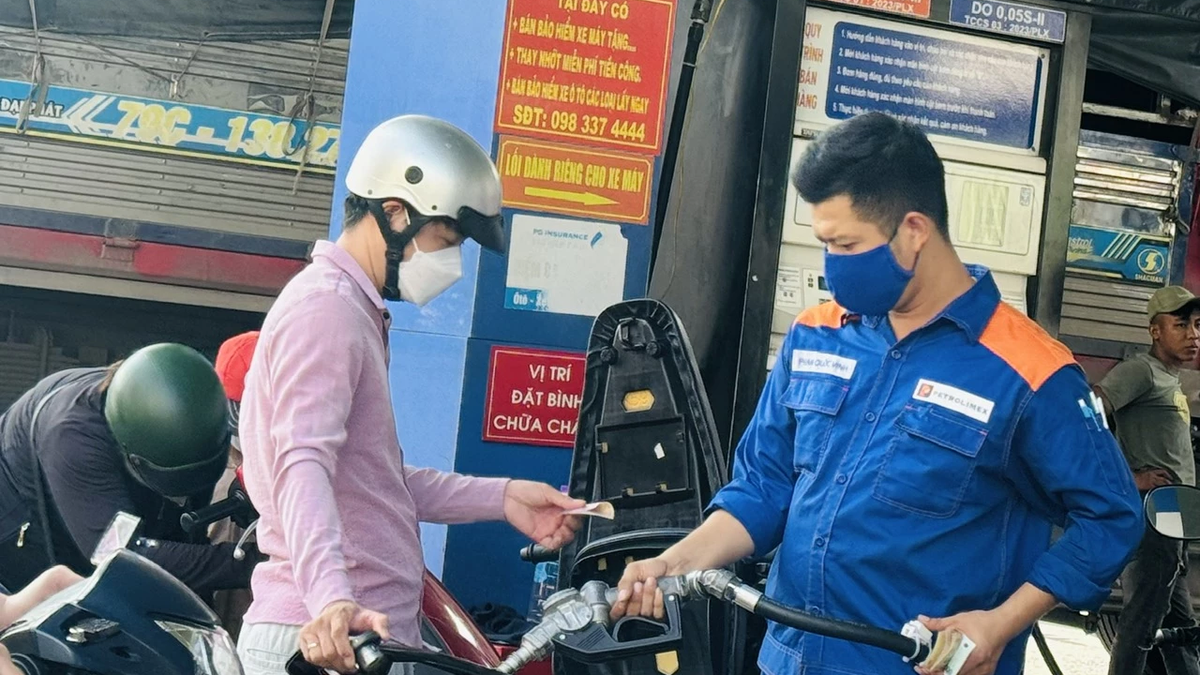



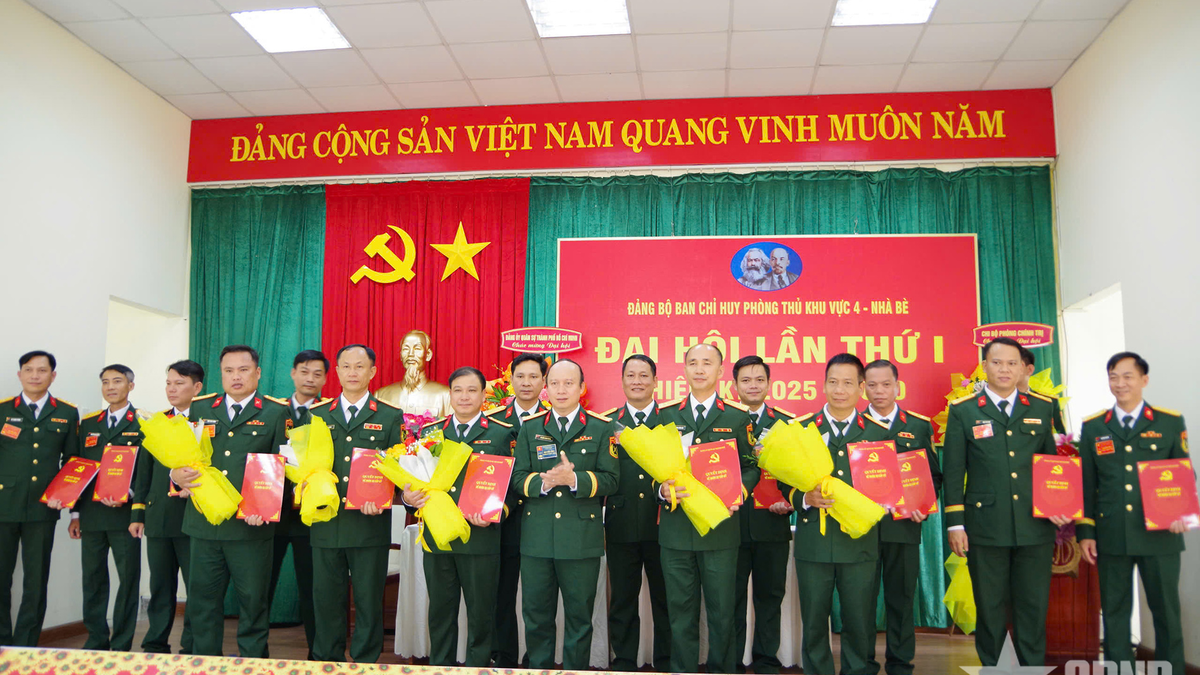

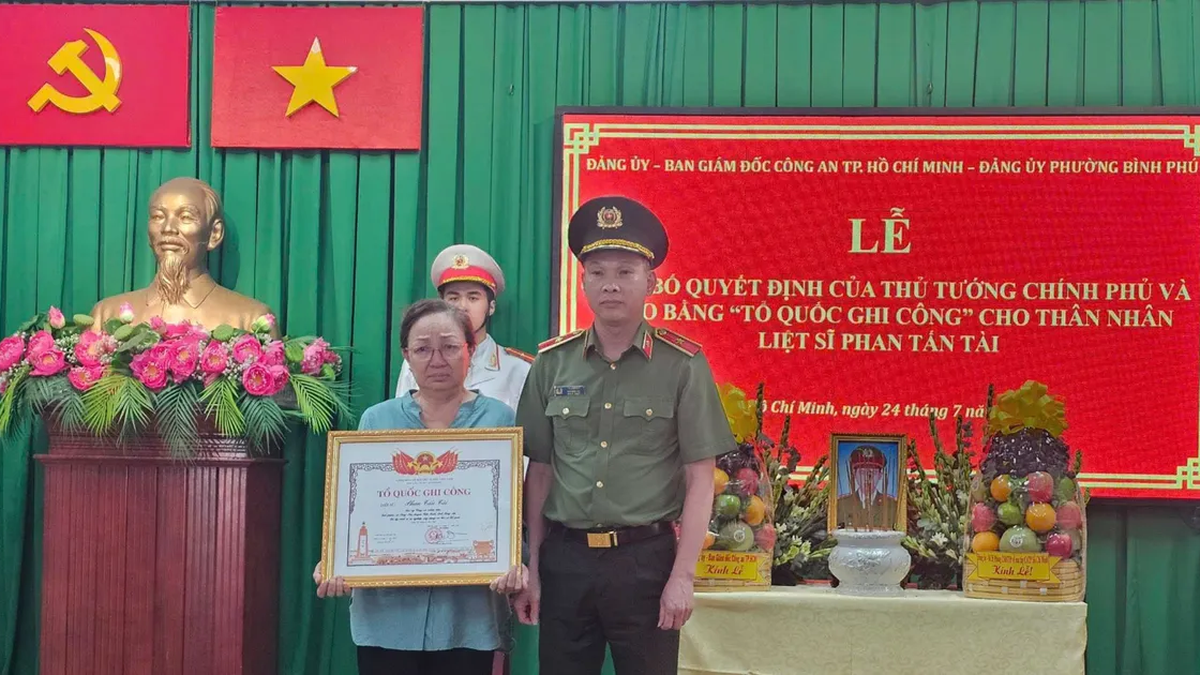
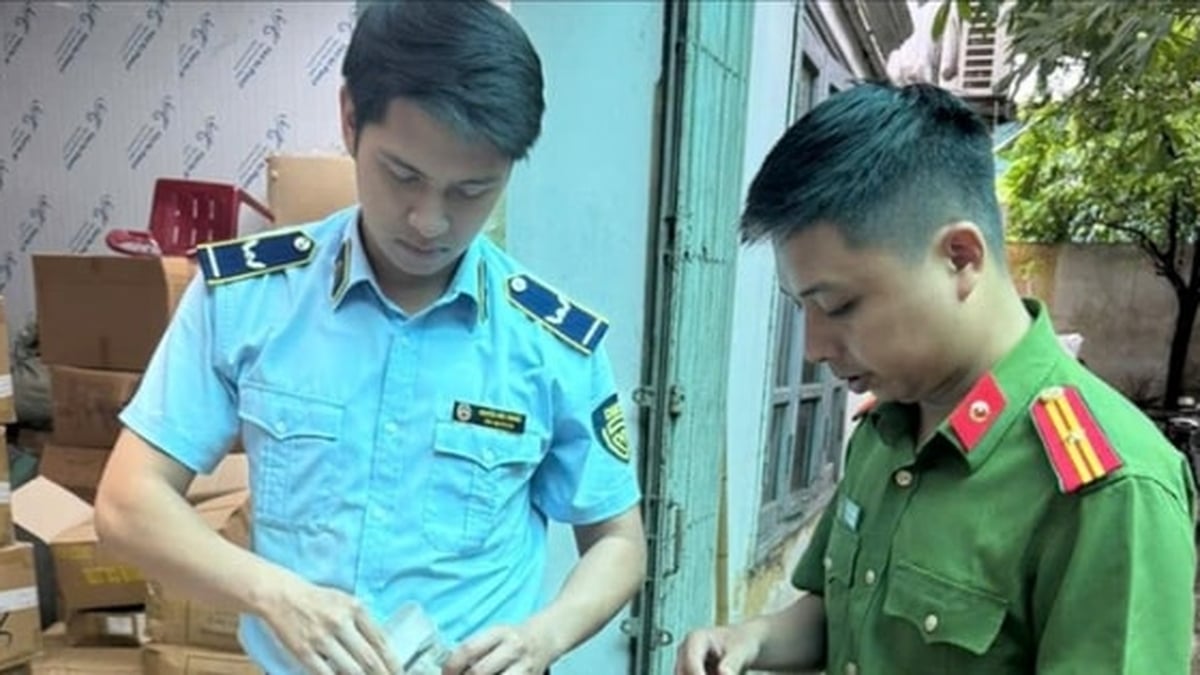
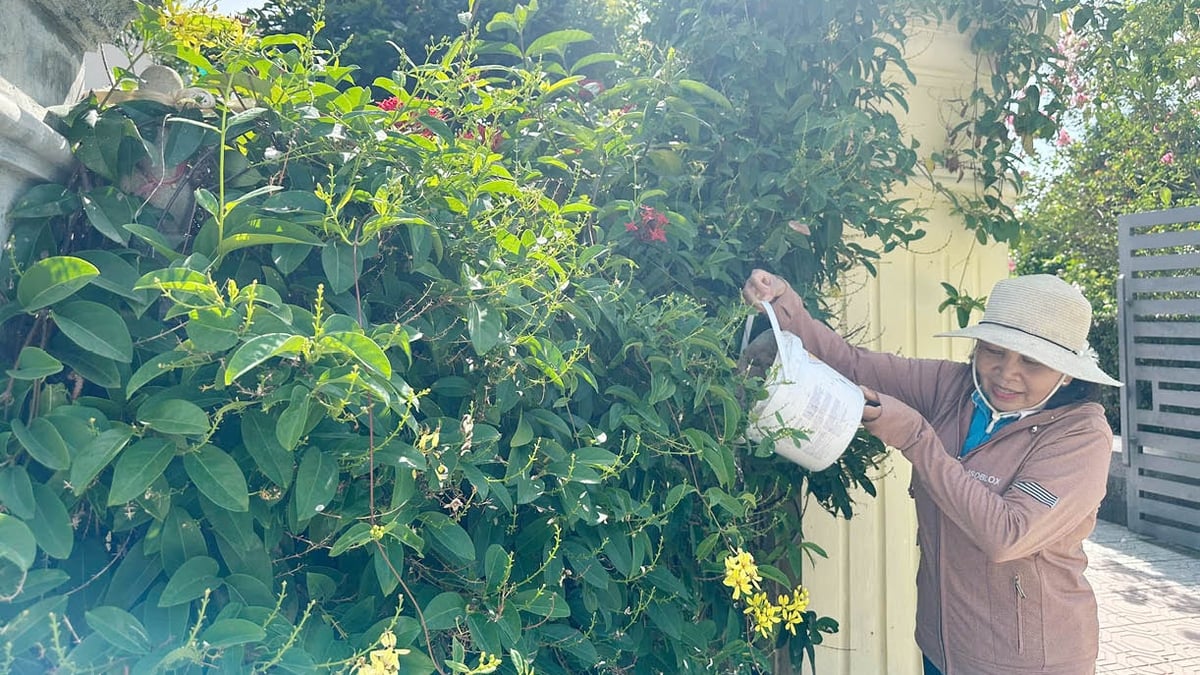












![[Photo] Signing of cooperation between ministries, branches and localities of Vietnam and Senegal](https://vphoto.vietnam.vn/thumb/1200x675/vietnam/resource/IMAGE/2025/7/24/6147c654b0ae4f2793188e982e272651)









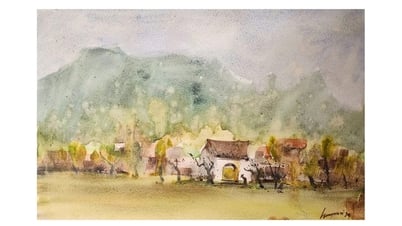



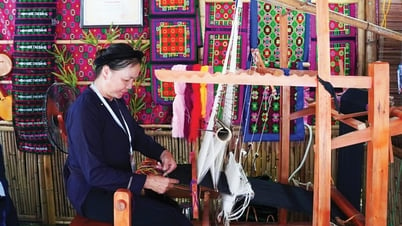



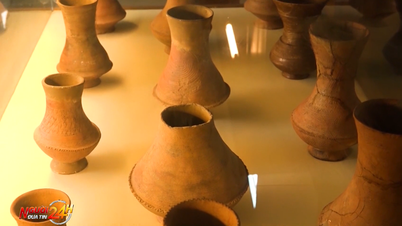










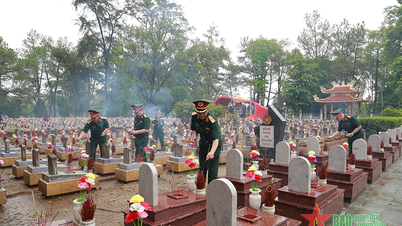

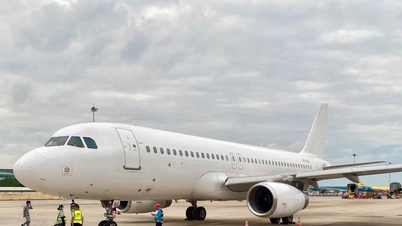
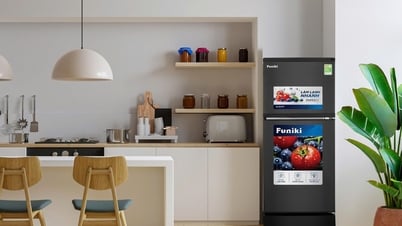
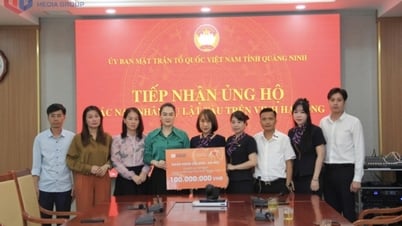




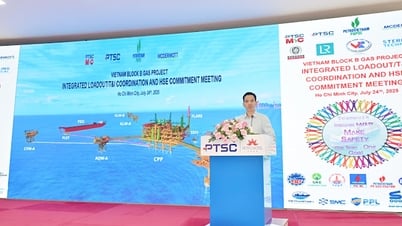


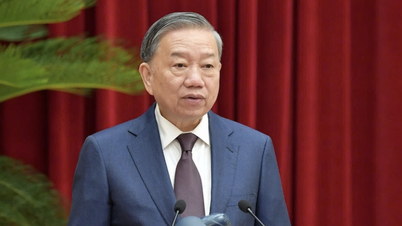


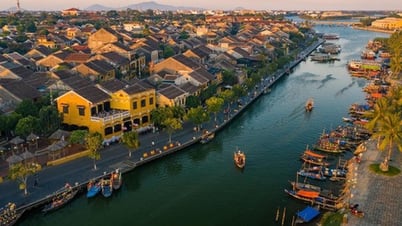
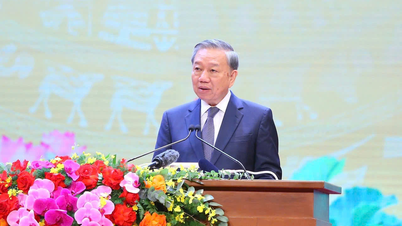







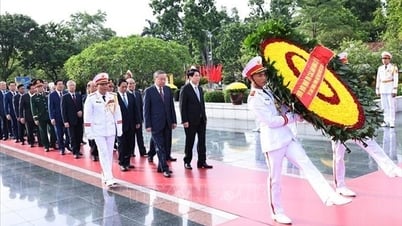
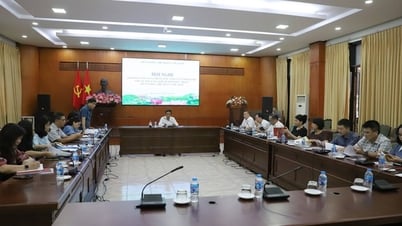









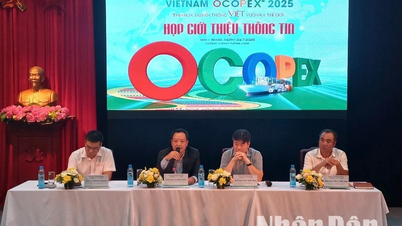
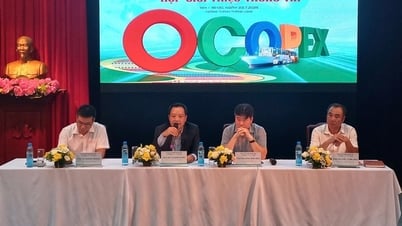

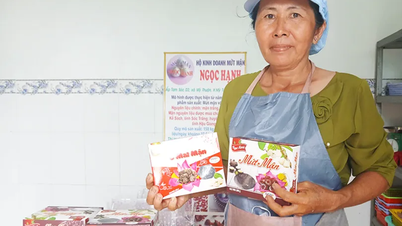

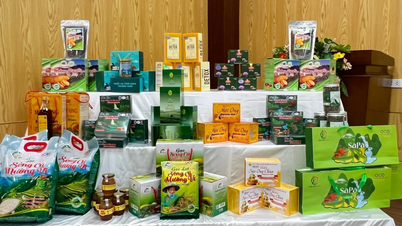

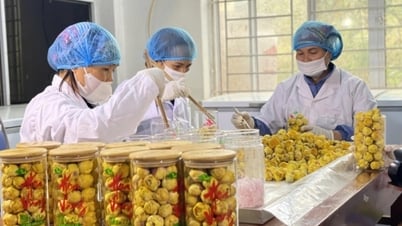

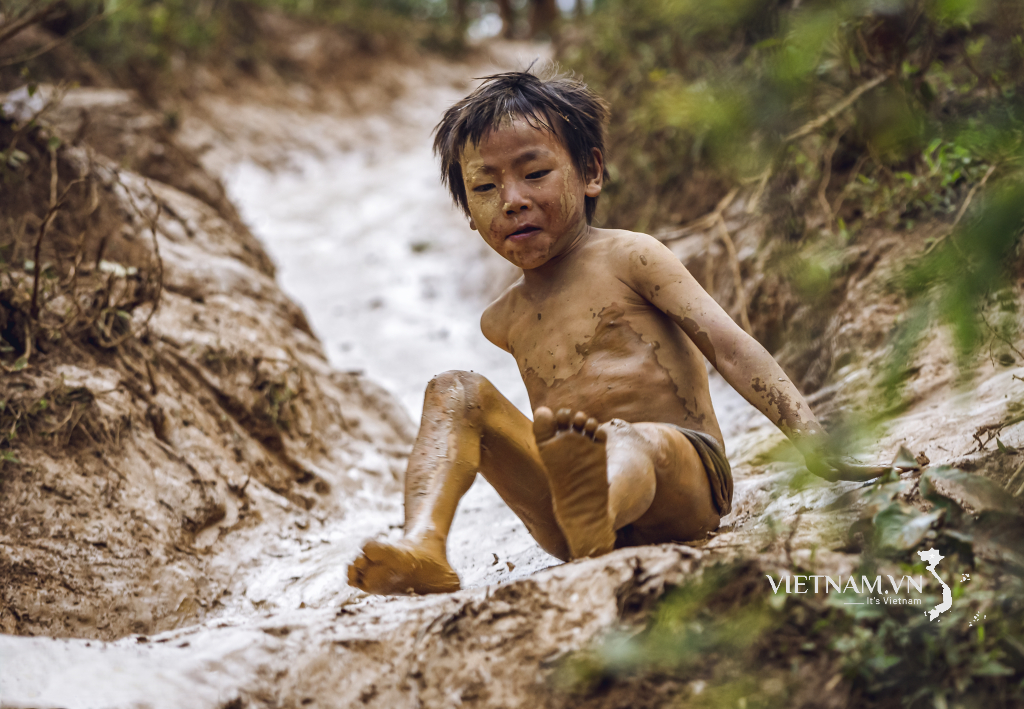
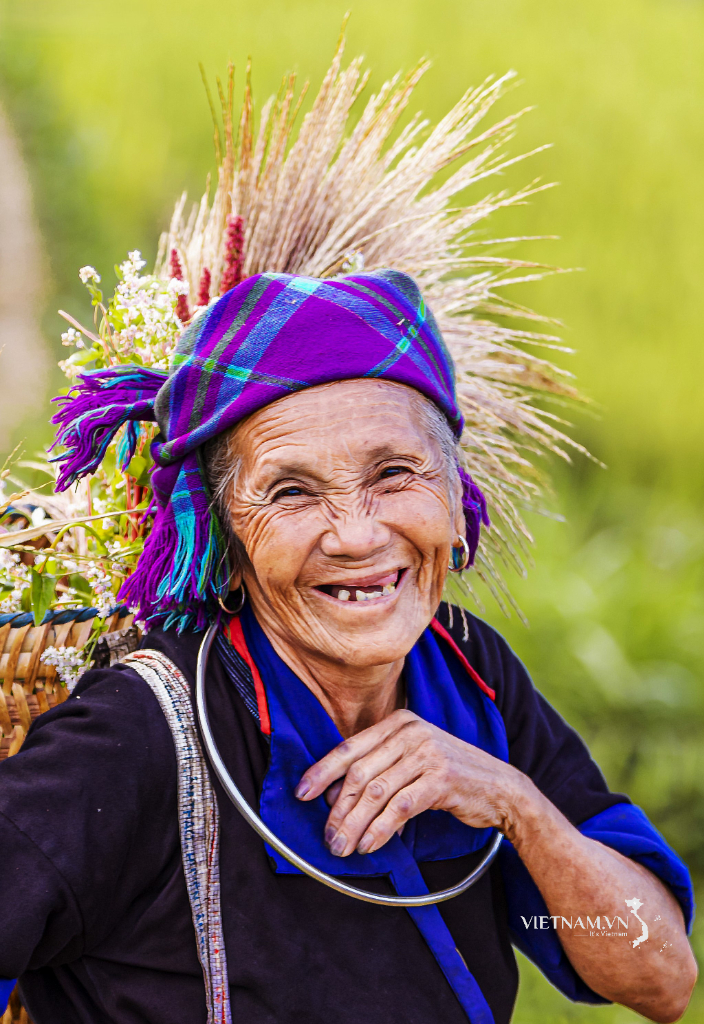
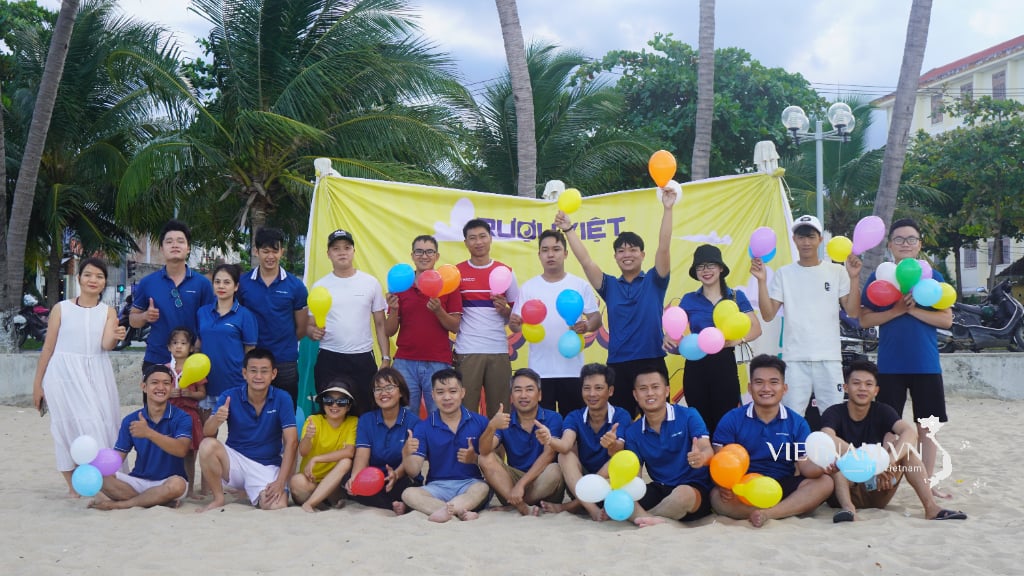
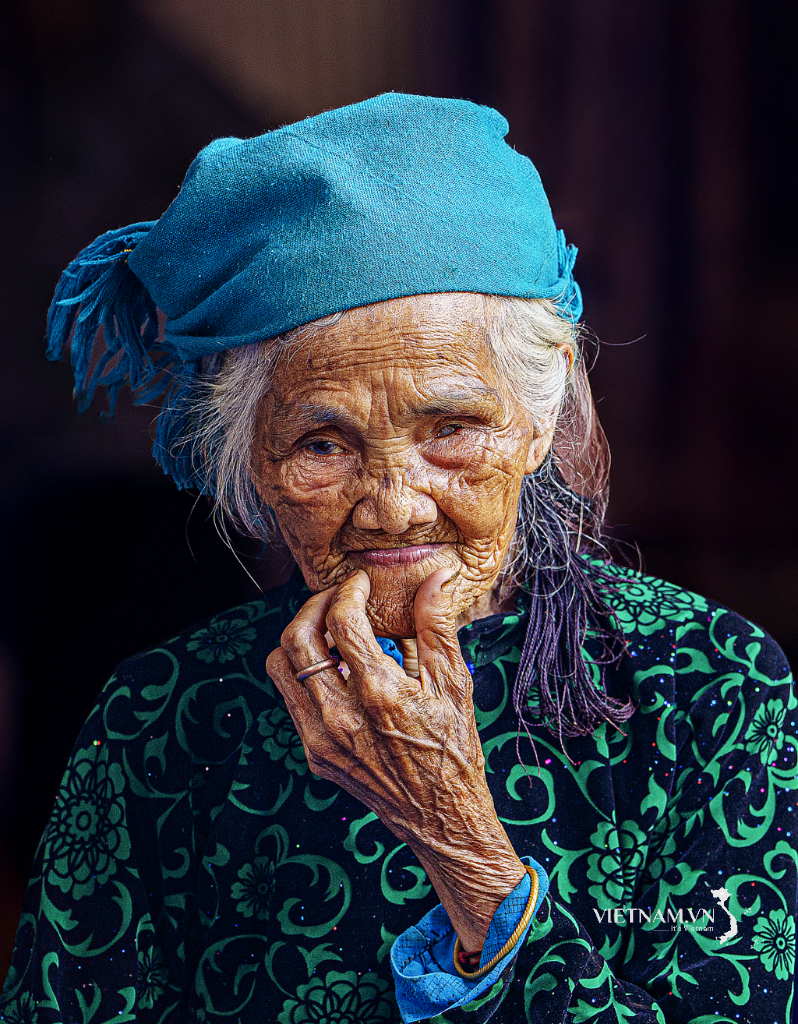
Comment (0)